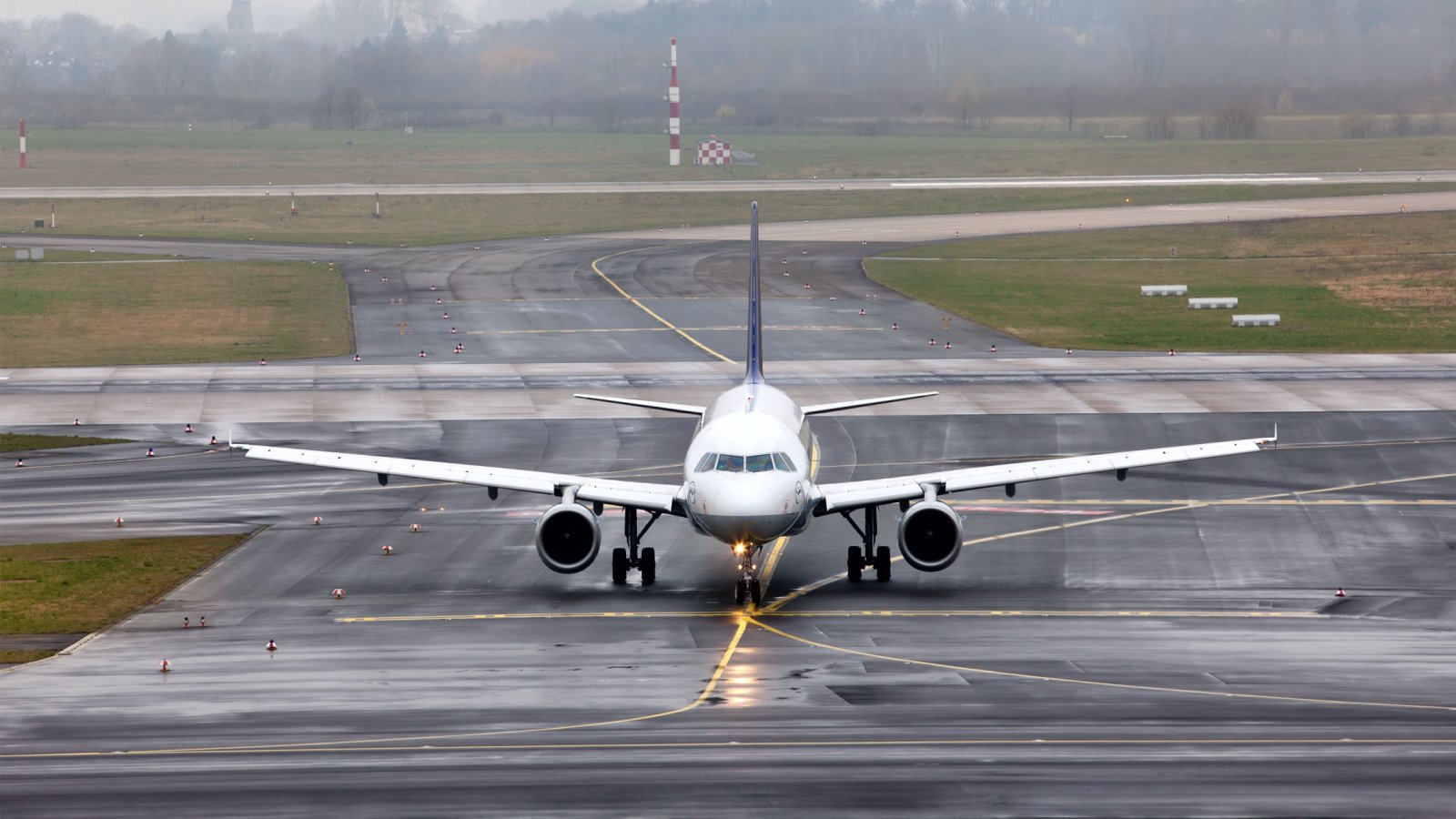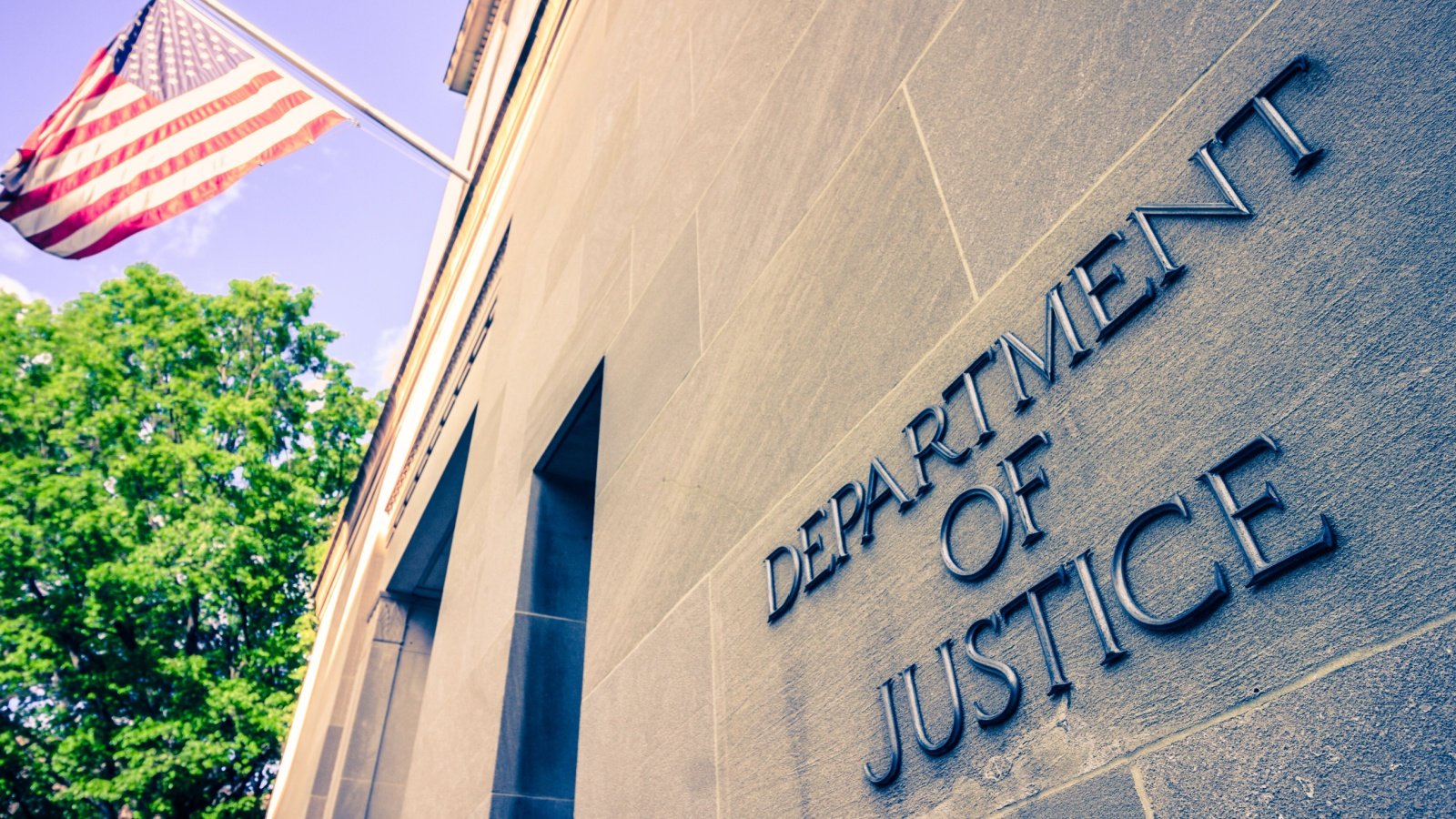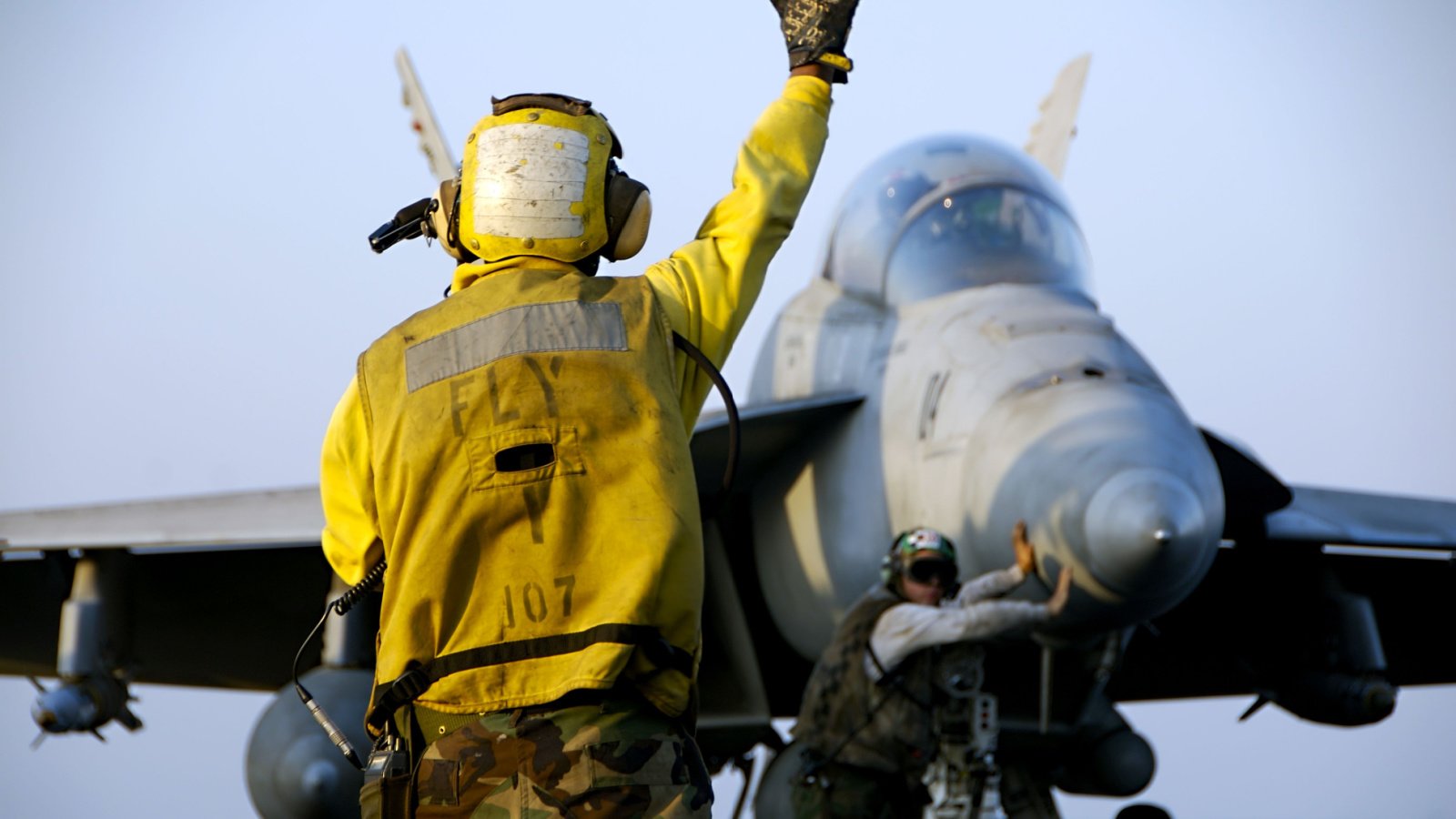Military jets are disrupting lives and health in Washington state, impacting thousands with noise levels harmful to hearing. Researchers reveal these jets, particularly the Boeing EA-18G Growler, create noise comparable to industrial settings. The implications are severe, with residents struggling to cope with the constant and intense disturbances.
Health Risks from Military Jets

Up to 74,000 people in Washington state might be at risk due to noise from military attack jets. A study by University of Washington scientists links this noise to significant public health concerns.
Impact on Local Population

Researchers examined the noise from Boeing EA-18G Growler jets at Naval Air Station Whidbey Island. Their findings suggest the noise affects the entire local population, not just the immediate vicinity.
Serious Health Concerns

The study reveals that the jet noise isn’t merely an annoyance. It poses serious health risks, including sleep disturbances and hearing impairment.
Broader Health Impacts

Beyond annoyance and stress, high noise levels can lead to cardiovascular disease. These health issues significantly impact residents’ quality of life.
Risks to Children’s Learning

Several schools in the area experience noise levels that may delay children’s learning. This exposure adds to the broader public health concerns identified in the study..
Unique Noise Characteristics

The intensity, intermittent nature, and low-frequency energy of the noise from military jets are particularly harmful. These factors distinguish it from the more predictable and higher-altitude noise of commercial flights.
Study Methodology

Researchers analyzed four weeks of Navy data from 2020 to 2021. They assessed noise exposure levels across the area during this period.
Affected Communities

The study estimates two-thirds of Island County residents are affected by the noise. This includes cities like Oak Harbor and Coupeville, and 85 percent of the Swinomish Indian Reservation.
Impact on Residents

Approximately 74,316 people are affected, with 41,089 exposed to noise at night, impacting sleep. About 8,059 residents near landing strips are at risk of hearing loss due to high exposure levels.
Lack of Official Response

Naval Air Station Whidbey Island and the U.S. Department of Justice did not comment on the findings. Their silence leaves the community seeking answers.
Extreme Noise Levels

Noise monitoring stations recorded jet noise exceeding 100 decibels. Some instances showed noise levels “off the charts,” highlighting the severity of the issue.
Stress Hormone Response

The body’s stress hormone response to noise is significant, particularly with repeated acute noise. This exacerbates the health impacts, as noted by study co-author Edmund Seto.
Harmful Noise Levels

Noise exposure from jets has reached levels harmful to hearing, typically associated with loud occupational settings. This surprising finding extends the concern to the broader community.
Infamous Growler Jets

Boeing EA-18G Growler jets are significantly louder than other planes. The problem began in 2013 when the Navy increased the number of jets and annual flights, leading to ongoing controversy and legal disputes.
Resident Impact

Bob Wilbur, a study co-author and community group member, experiences noise disruption multiple times a week. The noise interferes with daily life, making it challenging to enjoy evenings at home and communicate effectively.
Striking Noise Levels

Julian Olden, a UW professor, found the Growler jets’ noise levels exceeded scientific expectations of potential health impacts. The research highlights the urgent need to understand the extent and specifics of these effects.
Motivated by Complaints

The study was driven by widespread complaints from residents across multiple counties. Researchers emphasize that the issue is no longer about if noise impacts health, but how and to what extent these effects are felt.








